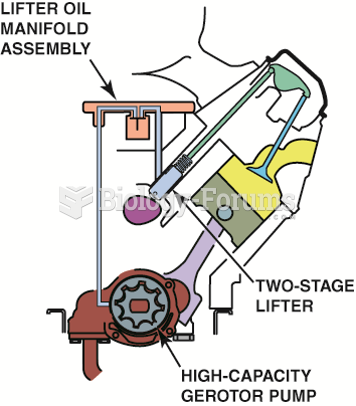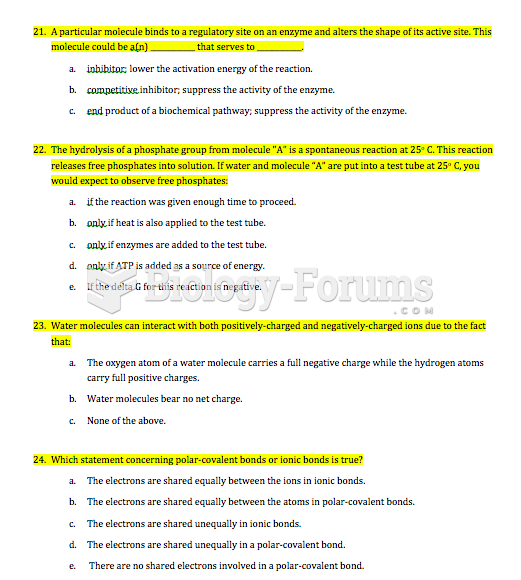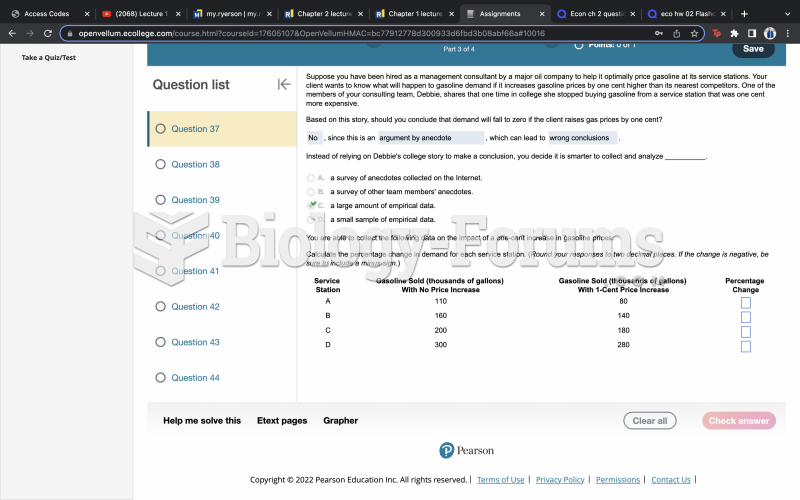Answer to Question 1
Defection management is a systematic process that actively attempts to retain customers before they defect. The key to defection management is the creation of a zero defections culture within the firm. The first step is communicating to employees the importance of retaining current customers and the benefits obtained by reducing defections. The second step in creating a zero defections culture is to train employees in defection management. The third and perhaps most critical step in the defection management process is to tie incentives to defection rates. Finally, firms successful in defection management also carefully consider creating switching barriers that discourage defections.
Answer to Question 2
With respect to customer expectations and customer satisfaction, performance can fall above the zone of tolerance, within the zone of tolerance, or below it. Thus, three situations are possible:
Customer delight occurs when actual performance exceeds the desired performance expectation. This level of performance is rare and surprising when it occurs. Therefore, customers find it to be memorable.
Customer satisfaction occurs when actual performance falls within the zone of tolerance. Satisfaction levels vary based on where performance falls within the zone (high or low).
Customer dissatisfaction occurs when actual performance falls below the adequate performance expectation. Depending on the severity of the performance level, customers may go beyond dissatisfaction to become frustrated or even angry. This too can be very memorable for customers.
Given these possible situations, marketers must work continuously to manage customer expectations and maintain them within an acceptable range. Many marketers ask two key questions: (1 ) Why are customer expectations unrealistic? and (2 ) Should we strive to delight our customers by consistently exceeding their desired expectations? Although it is true that customers are more demanding today than ever (especially American consumers), their expectations are typically not that unrealistic. Most customers are looking for the basics of performance-things that a firm is supposed to do or has promised to do. For example, flights should take off and land on time, meals in a restaurant should taste good and be prepared as ordered, new cars should be hassle-free throughout the warranty period, and your soft drink should be cold and fresh. On these and other basic factors of performance, it is essentially impossible for the firm to exceed customer expectations. These basic factors represent the bare minimum: If the firm wants to exceed expectations, it has to go above and beyond the call of duty.
The second question about delighting the customer is a bit more controversial. Firms should always strive to exceed adequate expectations. After all, this is the basic delineation between satisfaction and dissatisfaction. The tougher question is whether the firm should try to exceed desired expectations. The answer depends on several issues. One is the time and expense involved in delighting customers. If delighting a customer does not translate into stronger customer loyalty or long-term customer retention, then it is not likely to be worth the effort. It may also not be a good investment if delighting one customer lowers performance for other customers. Another issue is whether continually delighting customers raises their expectations over time. To be effective, customer delight should be both surprising and rare, not a daily event. Firms should look for small ways to delight customers without elevating expectations beyond what can reasonably be delivered. Finally, the firm must be aware of whether competitors can copy the initiatives involved in delighting the customer. If customer delight is easily copied, it ceases to be a key means of differentiation for the firm.







